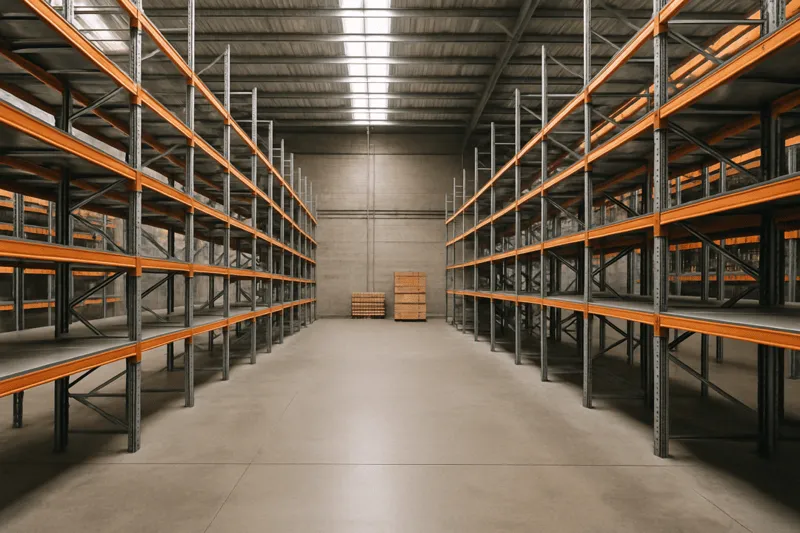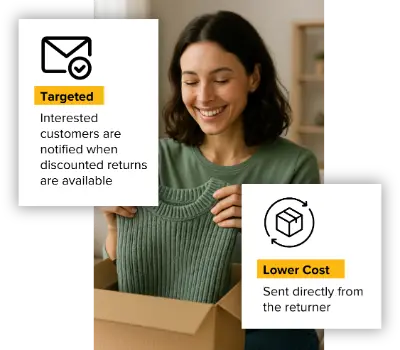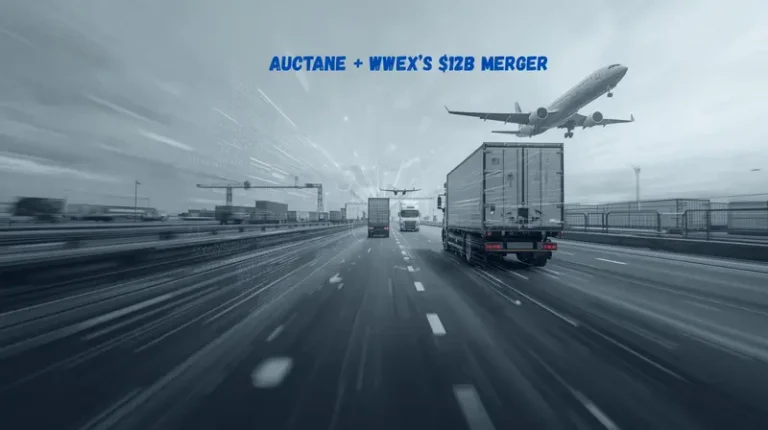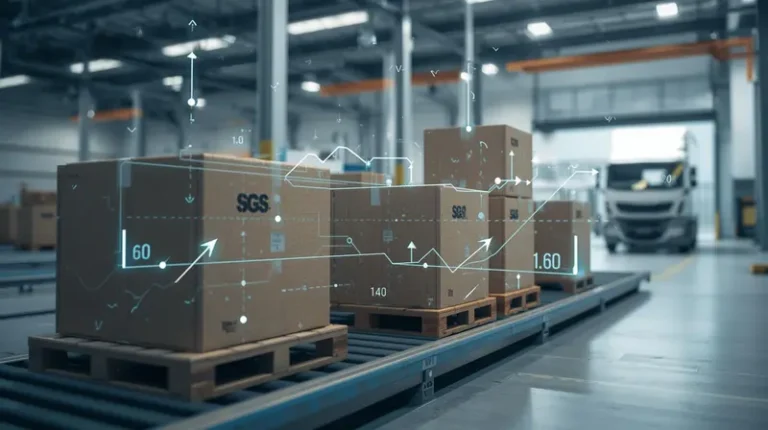How Can Shippers Use Rising Vacancies to Secure More Flexible, Cost-Effective Storage?

Last updated on July 16, 2025

The U.S. warehouse market is shifting fast. Vacancy rates just hit 7.1% in Q2 2025, the highest level in over a decade. It’s a dramatic swing from the space-constrained chaos of just a few years ago, when pandemic-fueled demand sent shippers scrambling to lock in square footage at any price.
Today, those same warehouses are sitting partially empty. Sublease availability has surged past 225 million square feet, and developers have slashed new construction by 45% year-over-year. For brands and logistics teams still feeling whiplash from last year’s stockpiling wave, the current moment might look like a warning. But with the right strategy, it’s actually a window of opportunity.
The Hidden Cost of Empty Space
Leased square footage that sits idle is more than just a sunk cost; it’s a drag on cash flow, inventory turns, and operational efficiency. Many brands overcommitted during the supply chain panic and are now underutilizing expensive long-term leases. Rents, still averaging over $10 per square foot, haven’t dropped much due to lease lag. That means even as the market softens, the costs remain sticky.
If you’re a shipper sitting on more space than you need, it’s time to rethink your approach to storage. Subleasing is one option, but it isn’t always simple. Quality of sublease inventory can vary widely, and not every landlord is keen to play ball. That’s where more creative models are gaining traction.
Slash Your Fulfillment Costs by Up to 30%
Cut shipping expenses by 30% and boost profit with Cahoot's AI-optimized fulfillment services and modern tech —no overheads and no humans required!
I'm Interested in Saving Time and MoneyThe Rise of Flexible Storage Models
As traditional warehousing strains under cost and commitment, brands are exploring alternatives. Multi-tenant and shared warehouse spaces are becoming more viable for those with fluctuating demand. These environments allow shippers to expand or contract their footprint in real time, without the burden of long leases.
Another emerging option is the peer-to-peer fulfillment model. Platforms like the Cahoot P2P Fulfillment Network allow merchants to monetize their unused storage and fulfillment capacity by plugging into a distributed network of sellers. That means if you’re looking to get out of a lease, you might be able to repurpose your existing warehouse space as a revenue-generating node in someone else’s ecommerce operation. Or, if you’re winding down your lease entirely, you could still ship nationally using the Cahoot network without the overhead.
Negotiating From a Position of Strength
In softening warehouse markets like the Inland Empire, Dallas-Fort Worth, and even New Jersey, shippers are finding themselves in a rare buyer’s market. With construction down and sublease listings up, there’s leverage to negotiate short-term deals, flexible expansion clauses, and even tenant improvement credits, terms that would have been laughable in 2021.
But it takes planning. The key is to assess your demand cycles and real estate needs with brutal honesty. How much space do you truly need? Can your inventory strategy adapt to decentralized fulfillment? Would modular lease structures serve your business better than fixed commitments?
These are hard questions, but answering them now can create long-term resilience.
Timing the Real Estate Reset
Right now, we’re hearing from brands that are reevaluating every fixed cost on the books, and warehousing is near the top of the list. The companies that paused, audited their operations, and leaned into flexibility early are already seeing savings compound. One brand recently cut 40% of their storage expense by transitioning part of their fulfillment to Cahoot nodes; they didn’t lose autonomy, they gained agility.
That kind of agility is becoming a competitive advantage. It’s not just about finding cheaper storage, it’s about staying nimble when the market shifts again, and it will.
Looking for a New 3PL? Start with this Free RFP Template
Cut weeks off your selection process. Avoid pitfalls. Get the only 3PL RFP checklist built for ecommerce brands, absolutely free.
Get My Free 3PL RFPHow to Capitalize Now
This isn’t about gambling on the market. It’s about hedging against the next disruption while improving today’s bottom line. Whether that means subleasing, switching to a shared facility, or plugging into a P2P network, the goal is the same: reduce fixed costs, increase flexibility, and stay ready for whatever comes next.
The warehouse vacancy surge won’t last forever. But for shippers willing to act now, it’s a rare chance to shift from reactive leasing to a proactive strategy. Just make sure your space is working for you, not against you.
Frequently Asked Questions
What is driving the spike in warehouse vacancies in 2025?
The surge is largely due to pandemic-era overbuilding, reduced demand, and companies offloading excess space they acquired during the supply chain crunch of 2021–2023.
Why are rents still high despite rising vacancies?
Many leases were signed when the market was tight and are locked in for years. Landlords are not rushing to lower rates until those contracts come up for renewal.
What is a sublease, and is it worth considering?
A sublease is when a tenant leases out unused warehouse space to another company. It can be a cost-effective short-term option, but it requires due diligence on the space condition and lease terms.
What is peer-to-peer fulfillment?
Peer-to-peer fulfillment allows businesses to fulfill orders from each other’s warehouses using a shared technology platform like Cahoot. It’s a flexible and scalable alternative to owning or leasing large fulfillment centers.
How can smaller brands benefit from the warehouse vacancy trend?
Smaller brands can take advantage of shared warehouse spaces, short-term subleases, or P2P networks to avoid committing to expensive, long-term leases while maintaining nationwide shipping capabilities.

Turn Returns Into New Revenue


 5 minutes
5 minutes


